Premium Only Content
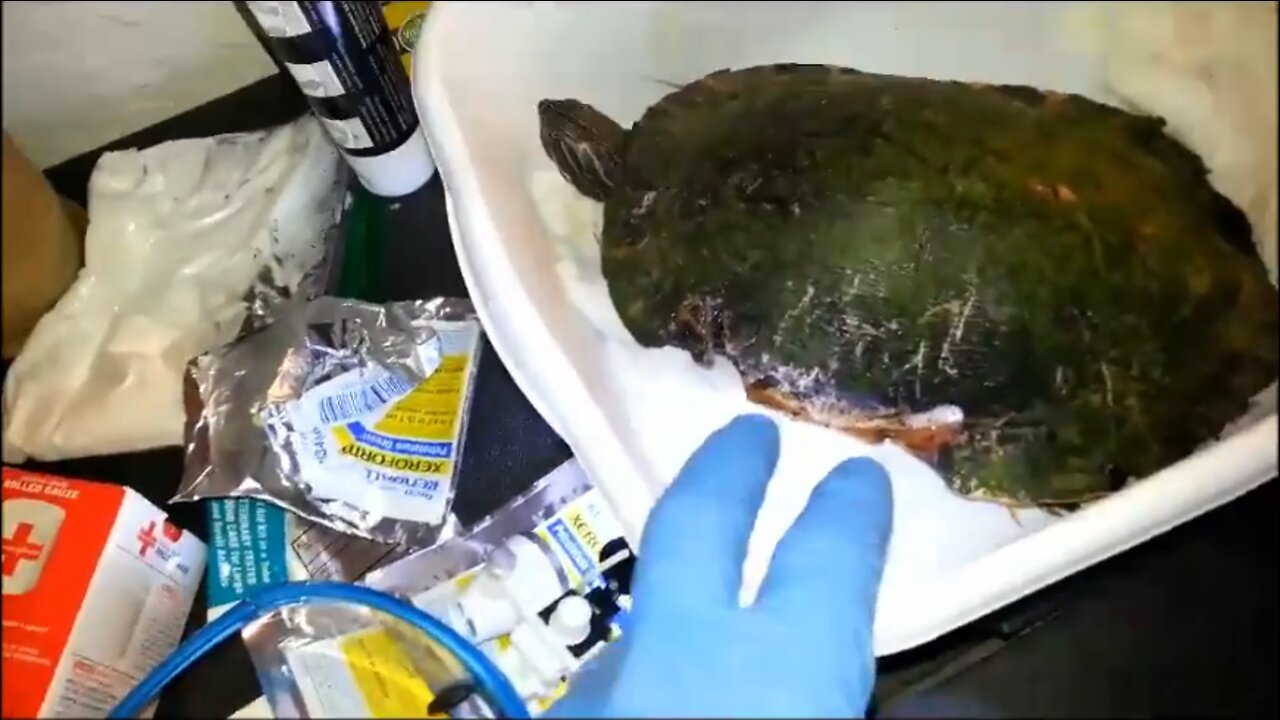
Turtle Severely Mauled by Dog - Shell Repair Rehabilitation Process
Originally Uploaded May 31, 2018
A bit long, but if you want to learn the how and why, I go into details.
Why do I disagree with the opinion of two other rehabbers and two veterinarians who said euthanize this turtle? I am always challenging the limits of what is "medically possible" and what I can do. It's the only way for any kind of science or medicine to advance. I may fail, but I put forth a fully committed attempt toward cases that others refuse to even attempt. This is why many others do not advance in their abilities, because they never push the limits once they reach an obstacle to their knowledge, which they see as the point they should euthanize and go no farther. Not because the animal is suffering any more than other cases, but because they simply have given up because they've reached the boundaries of their knowledge, and a line they've drawn on how much individual effort they're going to put into one animal.
Critical to stabilizing aquatic patients in these cases, besides controlling blood loss, is immediate prevention of dehydration and tissue desiccation through placement of ointments, hydrogels, and other barrier dressings, and promotion of granulation as fast as possible. Aquatic turtles dehydrate VERY rapidly through such wounds and though their shell wounds and other trauma may be survivable, they will often end up dying within days from simple hydration losses from soft tissues exposure to outside air. Aquatic turtles cannot survive extended periods away from water sources in normal circumstances, and this is even more so the case when their shell has been opened to the environment. Barriers are critical to saving them in the short term. Over 16 years of rehabilitation work, I've developed and found high levels of successful outcomes when using a mixture I have developed containing a combination of a primary base of SSD, hydrolysate collagen (EMT gel brand), L-Proline powder, and a small amount of Vit. E oil. Sometimes, Manuka honey is also used, if silver sulfadiazine is not available to the at home rehabber. Immediately over this well mixed preparation, petrolatum infused gauze dressings are placed, which provide additional barrier protection from hydration losses. This is then covered with additional gauze, and then often finished with a transparent barrier dressing, such as SorbaView or Tegaderm, or, alternatively, simply with gauze tape and flexible self adhesive "Coban" or "Vet wrap", with several wraps around the shell. The wound is checked and repacked/cleaned about every 3 days, or as needed, depending on the severity of the underlying soft tissue damage, and the dressings replaced.
The key to this successful rehab technique is to NOT disturb this wound bed any more than necessary during the healing process, therefore, daily dressing changes are often NOT ADVISED, nor are additional chemical antimicrobial irrigation solutions on subsequent cleanings and repacking of the wound (chlorhexidine or povidone iodine), if there is no evidence of active infection in the wound bed. Simple sterile water for irrigation or normal saline will suffice for wound cleaning later. When sufficient healing has taken place that routine cleaning and repacking is no longer necessary, but the wound should still not be allowed to contact water for reasons of water intrusion into the body, or from bacterial contamination being a concern, then a more secure and longer term hydrocolloid waterproof dressing can be applied, such as J&J Tough Pads, which can allow even a turtle with a significant shell injury to return to the water for limited periods of time, for eating and hydration purposes, as most aquatic turtles will not eat unless they are in the water at the time. Because they also eliminate wastes when they are in the water, the wound should continue to be protected from contamination until a sufficiently thick layer of soft tissue granulation is in place. However, with appropriate dressings, the turtle can return to the water for ever increaing periods of time, even well before complete healing has taken place, and the stress upon the turtle, dehydration, and weight losses from reduced food intake can be mitigated to give better chances of a successful outcome to what would normally be a mortal injury.
𝕊𝕌𝔹𝕊ℂℝ𝕀𝔹𝔼! 𝕊𝕄𝔸𝕊ℍ +ℝ𝕌𝕄𝔹𝕃𝔼 𝔹𝕌𝕋𝕋𝕆ℕ!
Find me on MeWe:
https://mewe.com/p/reptilerescuerehabilitation
FB: https://www.facebook.com/ReptileRescue
When you donate, you're actively participating in saving animal lives. Your support helps keep the doors open and one more animal to be saved. 🦢🐤 🐍 🐢 🦎 🦆 🐇 🐁 🐟 🐖 🕊🐿🦨🐓 You can help by making a donation today.
PayPal: wfreptilerescue@gmail.com
Donate without a PayPal account at this checkout: https://www.paypal.com/cgi-bin/webscr?cmd=_donations&business=WFReptileRescue@gmail.com
#turtle #turtlerehab #turtleshellrepair #brokenturtleshell #shellfracture #carapacefracture #reptilerehabilitation
-
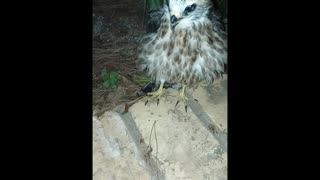 7:19
7:19
Reptile Rescue
2 years ago $0.01 earned𝓗𝓮𝓵𝓹𝓲𝓷𝓰 𝓪 𝓑𝓪𝓫𝔂 𝓜𝓲𝓼𝓼𝓲𝓼𝓼𝓲𝓹𝓹𝓲 𝓚𝓲𝓽𝓮 🦅
78 -
 1:30
1:30
misfitsandrescues
3 years agoTurtle shell repair
271 -
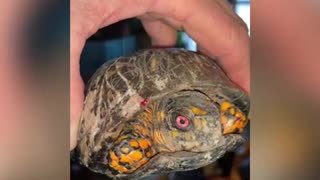 0:44
0:44
misfitsandrescues
3 years agoBox turtle shell repair.
224 -
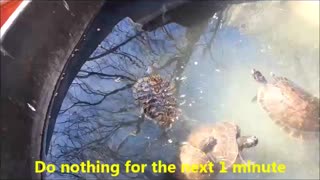 1:29
1:29
Reptile Rescue
3 years agoTurtle Mauled by Dog Swims Again 😊 - Alternative to Calm App
20 -
 2:03
2:03
KJRH
3 years agoLocal Boy Mauled By Dog
61 -
 1:54
1:54
KJRH
3 years agoLocal Boy Mauled by Dog
10 -
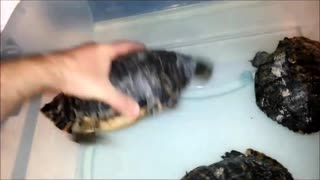 8:01
8:01
Reptile Rescue
3 years agoRemarkable Progress in Aquatic Turtle Rehabilitation
92 -
 1:59:22
1:59:22
The Quartering
3 hours agoJustice For Charlie Kirk! FBI Releases Photo Of Shooter, Mass Firings For Those Who Celebrate!
246K145 -
 36:31
36:31
Stephen Gardner
3 hours ago🔥NEW: FBI's Bombshell Reveal on Charlie Kirk Assassin!
62.2K124 -
 LIVE
LIVE
RealAmericasVoice
3 days agoHOME OF REAL NEWS
9,111 watching